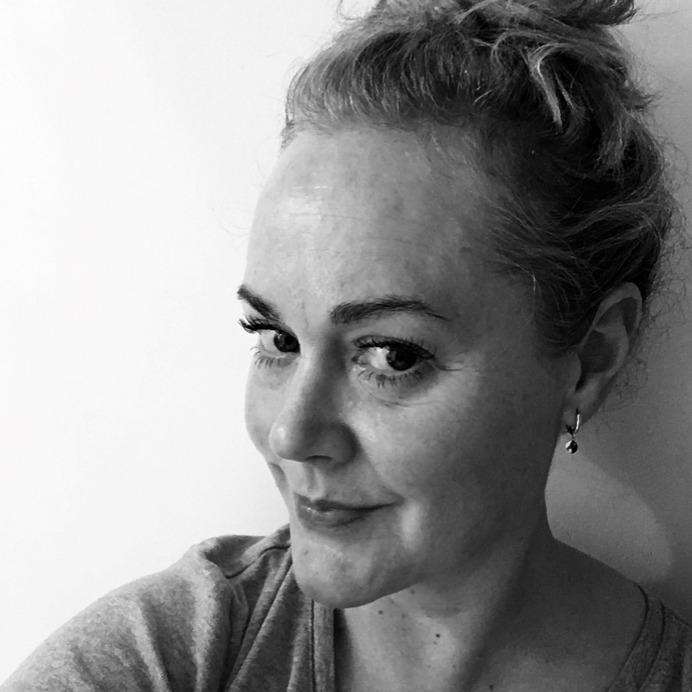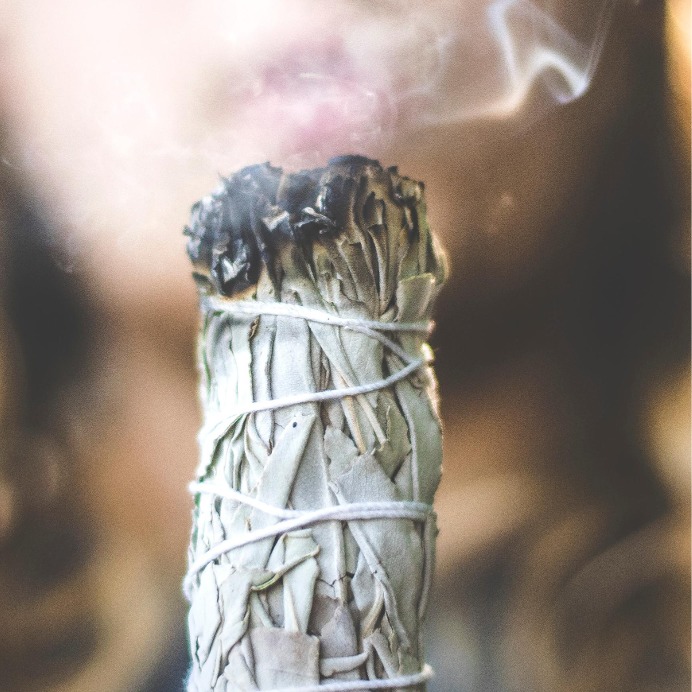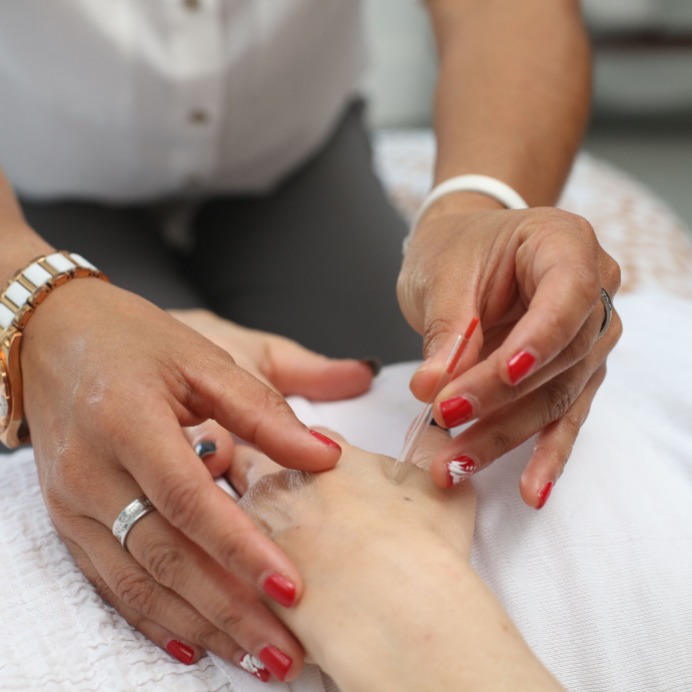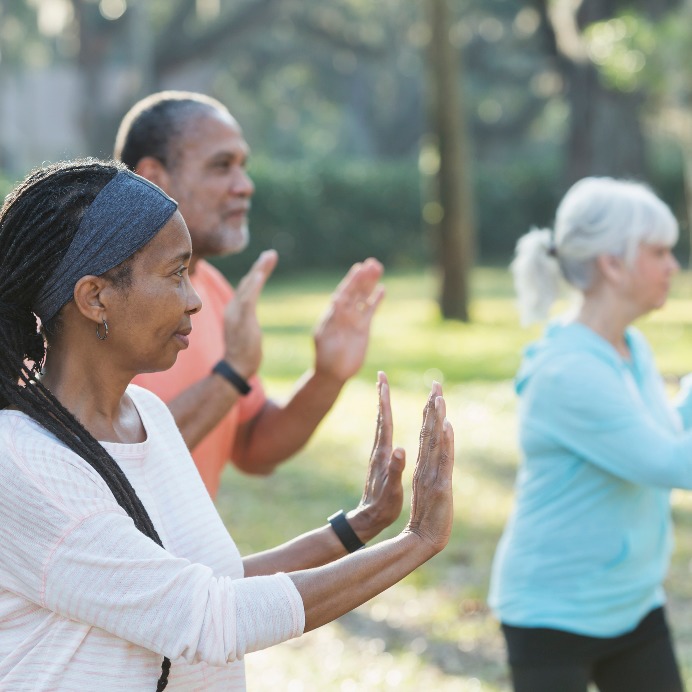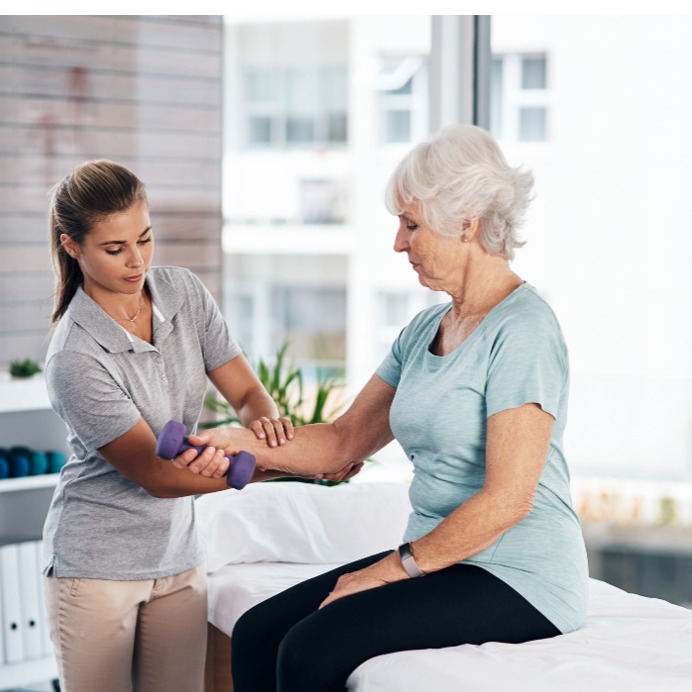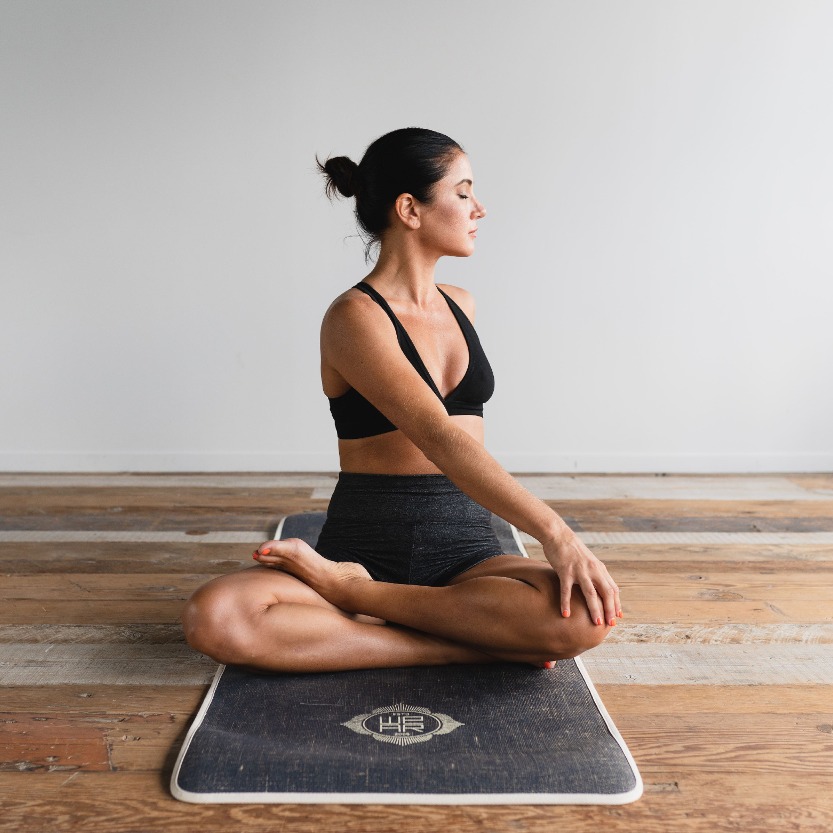By continuing to use our site, you consent to the processing of cookies, user data (location information, type and version of the OS, the type and version of the browser, the type of device and the resolution of its screen, the source of where the user came from, from which site or for what advertisement, language OS and Browser, which pages are opened and to which buttons the user presses, ip-address) for the purpose of site functioning, retargeting and statistical surveys and reviews. If you do not want your data to be processed, please leave the site.
The Voice of People With Breast Cancer
Education
Our Voices Blog
Tag : complementary therapy
What You Wanted to Know: Our Most-Read Blogs of 2025
From timely knowledge and practical guidance to personal perspectives and experiences, these posts sparked conversation, answered questions that were important to you, and reflected which topics our community was most interested in reading about over the past year. Here is a countdown of your favorite blogs from 2025.
Feeling the Fear and Releasing It
Do you ever think that you have another tumour? I don’t mean a recurrence with a breast cancer lesion, but a secondary cancer. And if you do, do these dark thoughts catch you by surprise in random pockets of moments, like when you feel an ache in your shoulder, or a knotted muscle along your spine, or when you take a deep breath and experience a sharpness of pain before you fully exhale? When this happens, do you immediately think, “fuck, I have a tumour,” and then have to talk yourself down from this mental, paranoid ledge? I do.
Indigenous Traditional Healing
Indigenous Traditional Healing is a holistic practice that aims to treat imbalances in a person’s body, mind, emotions, and spirit together.These imbalances are thought to be the cause of illness and to result from ignoring sacred, natural laws. Tradition healing practices are distinct and culturally specific to the people who are practicing them. In Canada, First Nations, Inuit, and Métis view health as a balance of physical, emotional, mental and spiritual elements. These four elements can be impacted by the individual, their family, their community and the environment. For example, connection to the land is an important aspect of healing for the Inuit. Being out on the land and away from one’s community can bring calmness to the body and mind by removing outside influences and in turn promote personal well-being.
Using acupuncture for treating cancer treatment side effects
Like tai chi and qigong, acupuncture is another form of traditional Chinese medicine that has become a popular therapy used in the cancer community for help with side effects.
Tai Chi vs Qigong: What’s the difference?
Tai chi and qigong have long been popular in the cancer community to help with the effects of the disease. This week we look at these two forms of Chinese therapy, their similarities, differences and benefits.
Physical therapy vs Occupational therapy: What’s the difference?
Rehabilitation is an important aspect when recovering from or living well with breast cancer. Physical therapy (PT) and occupational therapy (OT) are terms we often hear when discussing rehabilitation, but we can sometimes confuse their true meanings.
Guided meditation at home
A few weeks ago, we discussed mind-body therapies to help relieve some of the emotional and physical side effects of cancer and treatment. This week we are sharing some guided meditations you can do in the comfort of your home.
Relieving the emotional and physical toll of breast cancer through mind-body practices
Breast cancer treatment affects more than just your body. It can take an incredible toll on your emotional well-being as well. You likely have a ton of anxiety about your treatments, and how it will affect your life moving forward. If you’re a mom, you’ve got to worry about how this will affect your kids and your family. A demanding job or the needed income is another added level of stress that can make a huge impact. Add all of this to the physical symptoms of treatment, like joint pain, it’s an understatement to say that it’s hard.


